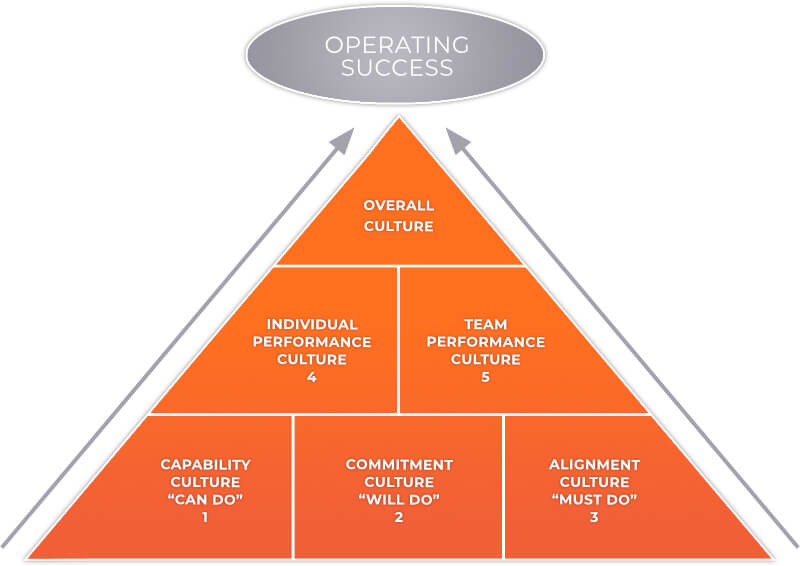Mending a Toxic Workplace Culture

Mending a Toxic Workplace Culture
In recent months, millions of US workers have quit their jobs. In March 2022 alone, over 4.5 million quit, the highest monthly figure reported since the beginning of the pandemic, and an increase from the nearly 4.4 million reported in February. The trend is showing no signs of slowing. This phenomenon, called the Great Resignation, is part of the most significant shift in workplace dynamics seen in decades. There are many reasons employees will leave a company, higher compensation, better benefits, or a healthier culture. A recent study by MIT Sloan Management Review reveals some shocking truths about why employees are leaving. Toxic culture is by far the strongest predictor of employee attrition and is 10x more likely to drive an employee to change jobs than higher compensation.
It’s not just the poor performers that are leaving. Organizations are losing their most talented employees. In another ominous sign for leaders, forty-four (44) percent of employees today are “job seekers,” according to Willis Towers Watson’s 2022 Global Benefits Attitudes Survey. And it’s a job seeker market. The rate of hiring is greater than the resignations rate in every major industry, indicating workers are moving to other jobs, likely in the same industry, according to Elise Gould, an economist at the Economic Policy Institute.
A toxic workplace has its roots in several common leadership behaviors, such as fear-based leadership, lack of recognition, subversive communications, unhealthy competition, and employee-favoritism, all of which have a major impact on company culture. Unfortunately, even the best CEOs sometimes underestimate the role their leadership team has in crafting a people focused culture that inspires and motivates their employees to produce sustainable results. Make no mistake, an organization’s CEO and leadership team are primarily responsible for creating and maintaining a healthy and vibrant culture.
I have had the good fortunate to coach hundreds of executives and leaders around the world on aspects of leadership, culture and change. In my experience, there are five types of culture or foundations that together comprise the organization’s overall culture and will ultimately determine their strategic and operational success.
- Capability Culture is the “can-do” attitude that empowers leaders and employees to believe that they can achieve individual success and make a meaningful impact on the organization’s success because they have been equipped with the proper knowledge, training and tools to do so.
- Commitment Culture is seen as a “will-do” mindset where leaders and employees mobilize in support of the organization’s mission, and goals. They are inspired, excited and are willing to take necessary risks to achieve an outcome.
- Connectedness Culture is evidenced by employees taking on “must-do” tasks, with clearly defined roles and responsibilities. They do so understanding how their individual activities and goals feed to the organization’s goals. They are motivated to execute based on teamwork and collaboration in pursuit of a clear vision.
- Individual Performance Culture is best when individuals understand and accept that they are expected to perform at the highest level, and leaders foster an environment that’s transparent, open, and equitable. Honest feedback is not only welcome, but leaders encourage continual improvement in support of the individuals, the organization and its mission.
- Team Performance Culture is strong when leaders and employees not only feel personally fulfilled, but are part of an inclusive and equitable culture, where every employee’s contribution adds to the collective success of the organization. Conflict may arise, but your team will work hard to find a win/win situation.

It’s estimated that three-quarters of all organizations fail to pay enough attention to their corporate culture which can lead to toxic workplaces. The first step is to understand the health and vibrancy of your organization’s culture. Great companies invest in their people and foster cultures that empower their team to deliver results, which is why 80% of a leader’s time should be dedicated to growing tomorrow’s leaders. We have found that through our cultural assessment and transformation processes, we can help make your culture healthier – and your leaders stronger – resulting in an organization that attracts and retains top talent.
If you would like to have a conversation about creating a culture that values and instills loyalty, trust and optimizing performance, contact me today!
